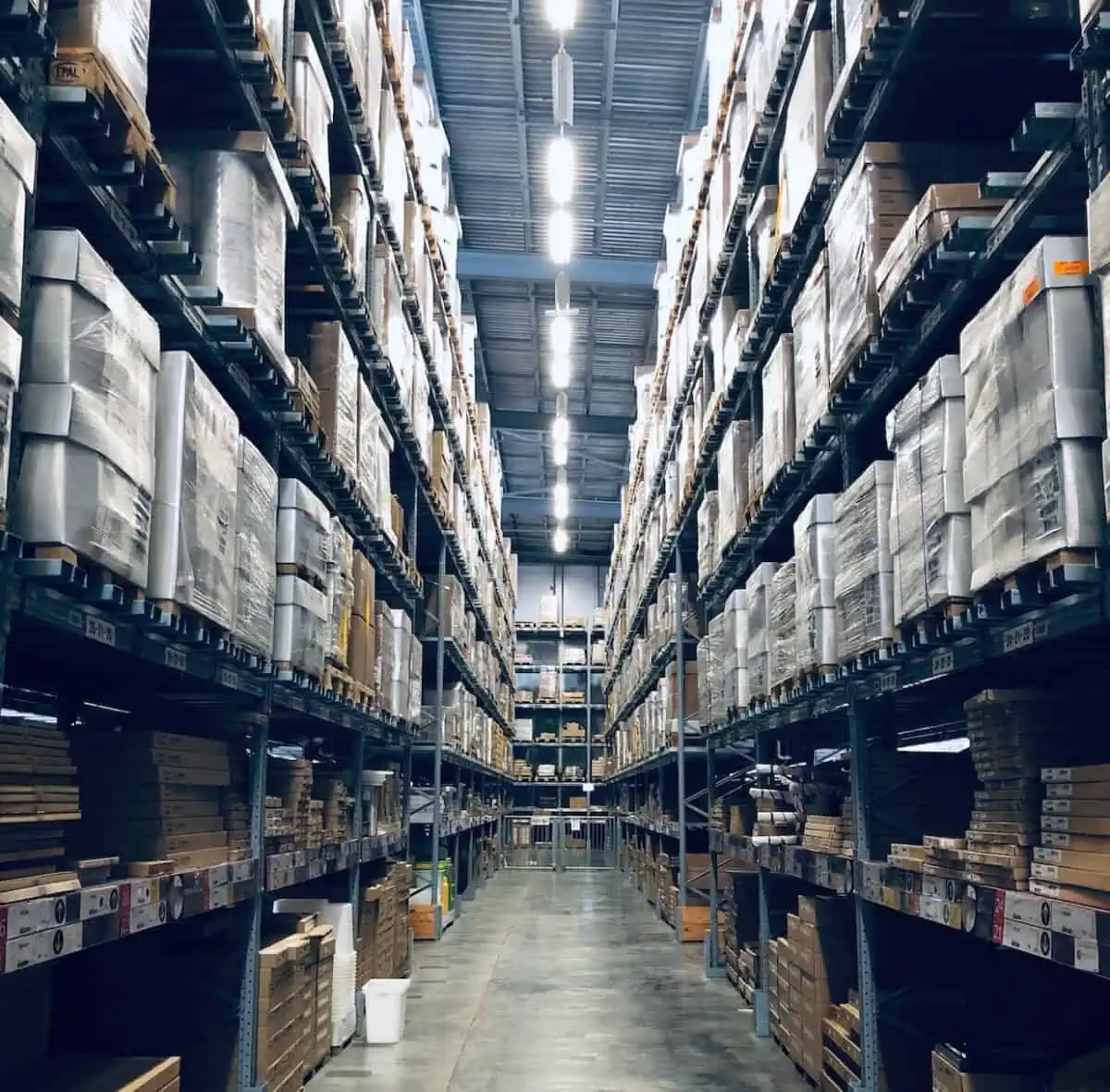Small business owners struggle with several challenges, from financial constraints to team management, tight deadlines, and stiff competition. Supply chain bottlenecks and disruptions are also one of the most critical hindrances. According to July 2022 statistics, 36.1% of small businesses struggled with domestic supplier delays, while 13% cited delays by foreign suppliers.
Delays in sourcing materials, supplies, or inventory means missing out on deadlines and failing to match demand. You may even lose points on the customer experience front. Nearly 2 in 3 American small businesses faced supply chain issues amid the pandemic, and the problem persists for many enterprises.
Whatever the reasons for bottlenecks, they can damage your profits and reputation in the long run. These are the last things you want to face in a competitive landscape where thousands of businesses battle against each other in almost every vertical.
Building resilient supply chains is the key to success and sustainability. Here are a few proven strategies to achieve your resilience goals:
Utilize Technology for Visibility
According to current supply chain statistics, 55% of manufacturing-related businesses state that they prioritize visibility for resilience. Knowing where your goods and materials are can help reduce disruptions, improve inventory management, and increase efficiency. Besides manufacturing companies, other enterprises can also avail of the benefits of this mindset.
Fictiv notes that supply chain bottlenecks continue to trouble businesses worldwide even after the pandemic. Factors like the Ukraine and Israel wars, political changes, and economic slowdowns contribute to the problem. However, technology can be a lifesaver when it comes to visibility.
You can implement advanced tracking systems, data analytics tools, and real-time monitoring to gain insights into your supply chain processes. With enhanced visibility, it is easy to identify potential bottlenecks and take proactive steps to deal with them. It leads to a more responsive and adaptable supply chain.
Diversify Suppliers and Sourcing Strategies
McKinsey recommends supplier diversity programs to strengthen operational resilience. This strategy works for all organizations, and small entities are no exception. By diversifying your suppliers and sourcing strategies, you can avoid overreliance on a single supplier or geographic region. It helps mitigate risks associated with regional disruptions, natural disasters, and geopolitical issues.
Further, you should focus on building robust relationships with multiple suppliers. The approach offers flexibility and alternatives in the event of unexpected challenges. With these measures, your supply chain faces less risk and becomes more robust, regardless of how things change in the supplier landscape.
Foster Collaboration
A diverse supplier base is a good start when it comes to building resilience against supply chain crises. However, you can go the extra mile by fostering collaboration with the existing stakeholders in your supply chain. These include suppliers, logistics providers, and distributors. Build a relationship of trust with open communication, transparency, and a strong sense of partnership.
Such relationships can help everyone during challenging times with shared risk management and effective problem-solving. Remember that a resilient supply chain stands on the foundation of a collective effort.
Optimize Your Inventory with Lean Practices
Did you know that 43% of small businesses in the US don’t track their inventory? That’s a huge risk because you may end up overcommitting to customers without having enough stock at hand. Conversely, you may block your capital in dead or slow-moving stock when you don’t know the numbers. Either way, you will likely face supply chain challenges.
Adopting lean inventory management practices is the best way to optimize stock levels without putting operational efficiency at risk. You can implement measures like demand forecasting and set up just-in-time inventory systems to maintain a lean inventory. Utilize data to achieve a balance between having enough inventories to address demand and minimizing excess stock.
Plan for Contingencies
Research establishes that supply chain risks are real in the uncertain business environment the world faces today. The pandemic was an eye-opener, while threats like war and economic slowdowns spell more trouble for small companies. You should have a comprehensive contingency plan to build a resilient supply chain in view of constant risk exposure.
An effective contingency plan includes creating emergency response protocols, mapping out alternative suppliers, and establishing clear communication channels during a crisis. Besides setting up a contingency plan, you should regularly test and update it. With this approach, your business is always ready to address and mitigate disruptions swiftly.
Conclusion
Supply chain resilience can be a savior for small businesses during challenging times. Even when everything is smooth, it can boost operational efficiencies and enhance your bottom line. Proactive planning and continuous improvement can help you achieve a resilient supply chain that sets your organization apart in the dynamic business environment.
Resilient Supply Chains article and permission to publish here provided by Daniel Washington. Originally written for Supply Chain Game Changer and published on November 13, 2023.
Cover photo by Ruchindra Gunasekara on Unsplash


Thank you for your thoughtful insights regarding small to mid-sized companies’ struggle to maintain control of their supply chains in today’s dynamic eco-system. The one missing component, IMHO, is the lack of ‘leverage’ facing small businesses vs the goliaths in the competition for materials and logistics preference. The big guys will always go to the front of the line, leaving the little guys scrambling for table scraps. This is where the real creativity and innovation becomes a necessity.